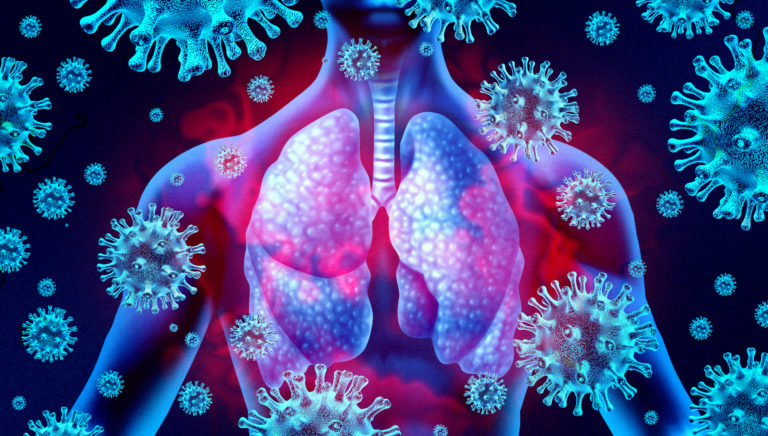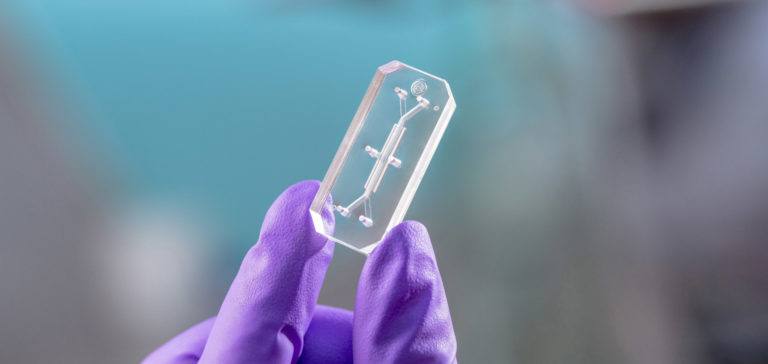Innovation Is Tied to Optimism https://www.embs.org/pulse/wp-content/themes/movedo/images/empty/thumbnail.jpg 150 150 IEEE Pulse //www.embs.org/pulse/wp-content/uploads/sites/13/2024/03/ieee-pulse-logo-dsktp2x.png
I wonder, when this coronavirus pandemic is finally behind us, if we will have seen a pause in the technological and social progress that had been happening at such a breakneck pace before the illness had spread throughout the world. I wonder if the attention that we have been forced to place on our own survival has stolen from our ability to innovate and create. This, despite the extra time that many of us have had to endure away from our jobs and normal activities, and the time that we would now have to dream up new possibilities. read more







